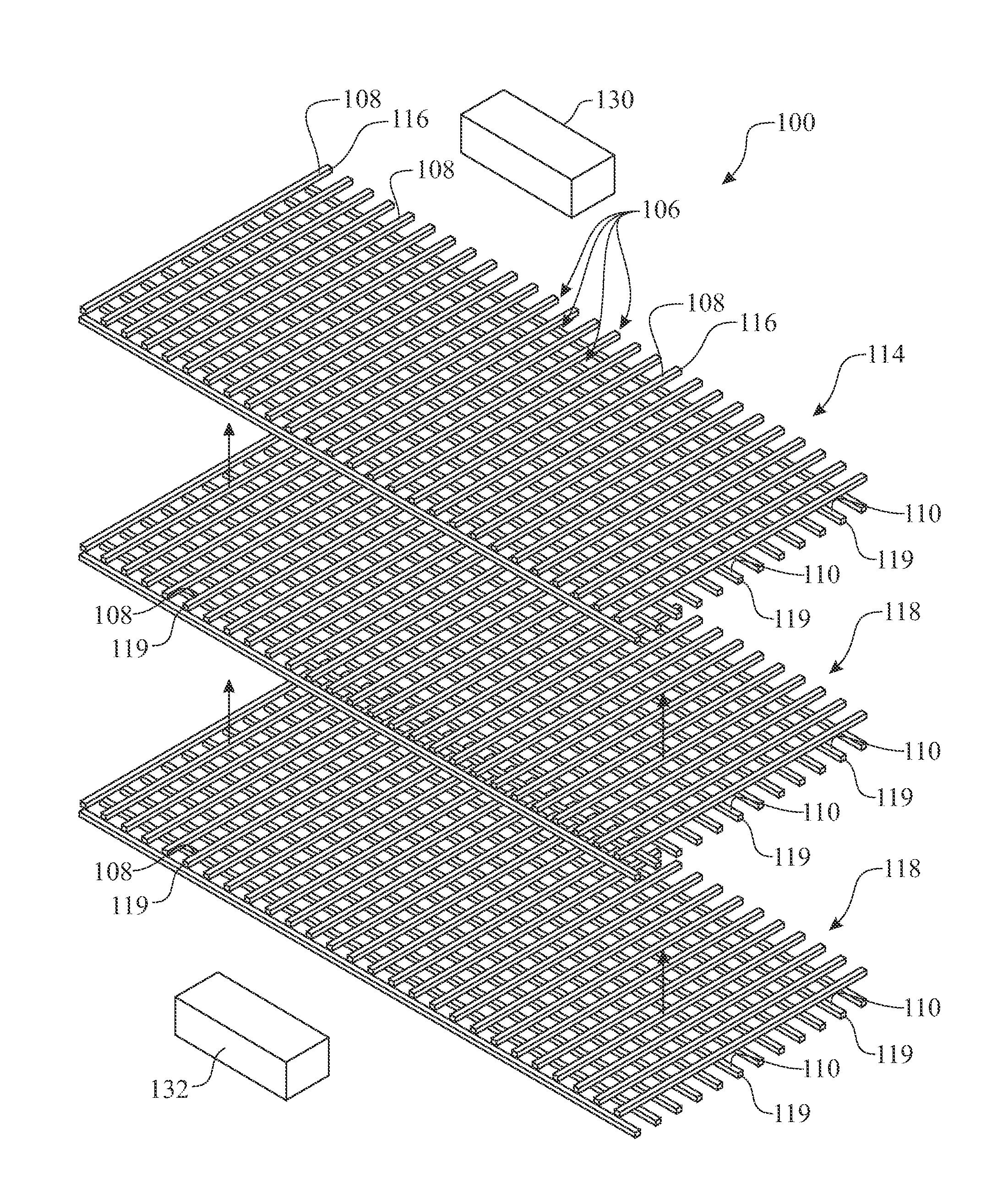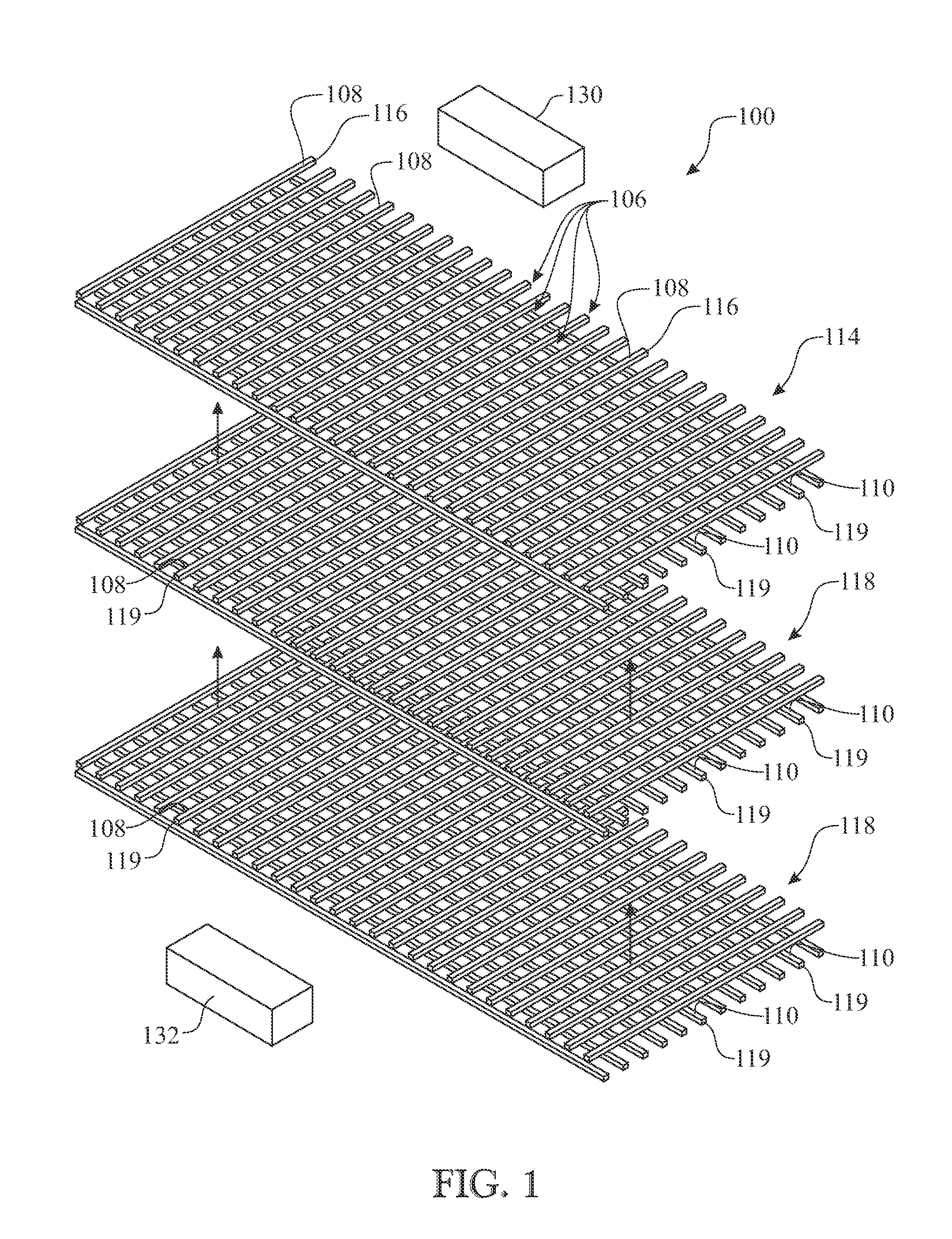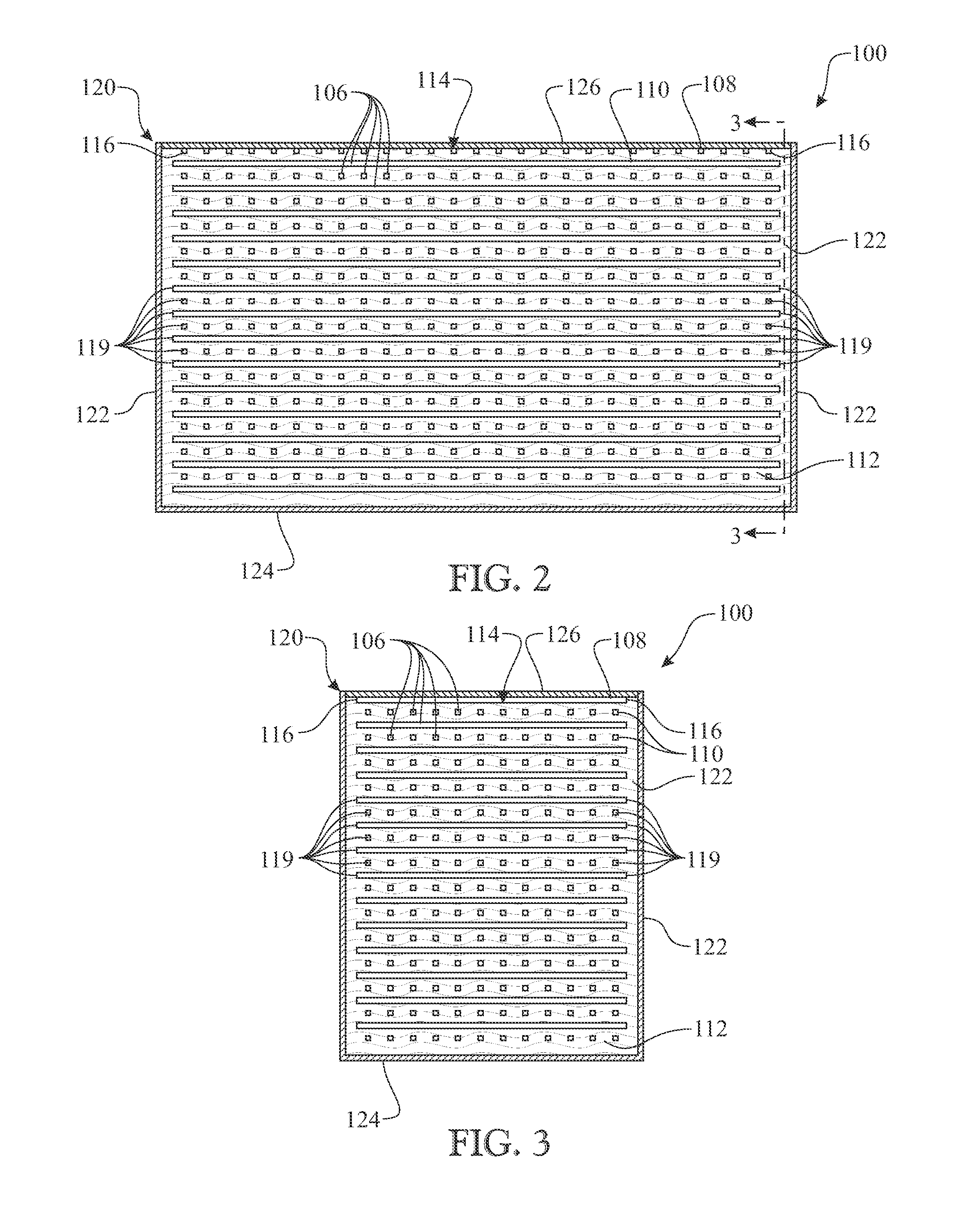Further, while most will register a static pressure and the movement in the device's plane, few are capable of registering the pressure and variation thereof at any point in the plane.
Those configurations having this capability are significantly more expensive.
In addition, should the user's finger be slightly moist, the performance of the sensors in the pad is degraded.
While this placement accommodates both right-handed and left-handed users, this compromise position is not particularly comfortable for either to use, since most
touchpad users are accustomed to having the mouse located on a particular side of the keyboard based on whether they are right-handed or left-handed.
Thus, users of notebook computers who find the
touchpad's bothersome and inefficient resort to the use of an external
user input device, such as a mouse, a trackball, and the like, even though its volume is cumbersome with relation to the size of the computer.
Manufacturers of mice have reacted to his situation by developing smaller desktop mice and, while these mice have somewhat alleviated the problem of size, not only is the user still required to carry a separate piece of equipment, but also a flat space may not be available, forcing the user to use the bothersome touchpad.
It is now known that many users of current art desktop mice may develop a medical problem from such grasping, which may lead to physical discomfort,
carpal tunnel syndrome, or other
repetitive motion injuries.
These problems have led to the introduction of different input devices, for example: (1) ergonomic mice, which strive to alleviate the “grasping” problem; (2) a flat
wireless computer touchpad, which is capable of being stored in the
PC Card slot of a notebook computer, but which is not fully functional.
However, that device comprises many
moving parts and is mechanically complex; it is thus prone to defects, wear and failure of such parts, and is also prone to being fouled by
dirt and dust.
A signature pad does not verify the signature of the person signing.
As there is no
verification of the signature, there is no assurance that the signer is the authorized user of the
credit card.
In some retail establishments where there is no signature pad, the purchaser signs a slip of paper accepting the charge but, again, there is no assurance that the person signing is in fact the owner of account associated with the financial card.
However there is no assurance that the user is, in fact, an authorized user; the PIN may have become known to a person who stole the
debit card, and obtained knowledge of the PIN.
While the
verification error rate of these programs is very low, and the ability of these programs to recognize signatures is constantly improving, the
system is not error free.
Though such devices obviously do provide a certain level of security, it is obvious that a high level of security requires longer coded series.
The longer the code, the higher the level of difficulty for the user to remember.
As the level of difficulty increases, the likelihood that the user would
record the security code in a manner other than memory also increases.
Further, an unauthorized user may
gain access to the input code series by surreptitious observation of the authorized user's entry of the input code series, or by other known and quite accessible means.
Combination safes have a limited
security level and are known to be easily defeated by a technology equipped unauthorized user.
These are rather expensive devices and, while their error rate is very low, they also have their shortcomings.
 Login to View More
Login to View More  Login to View More
Login to View More 


